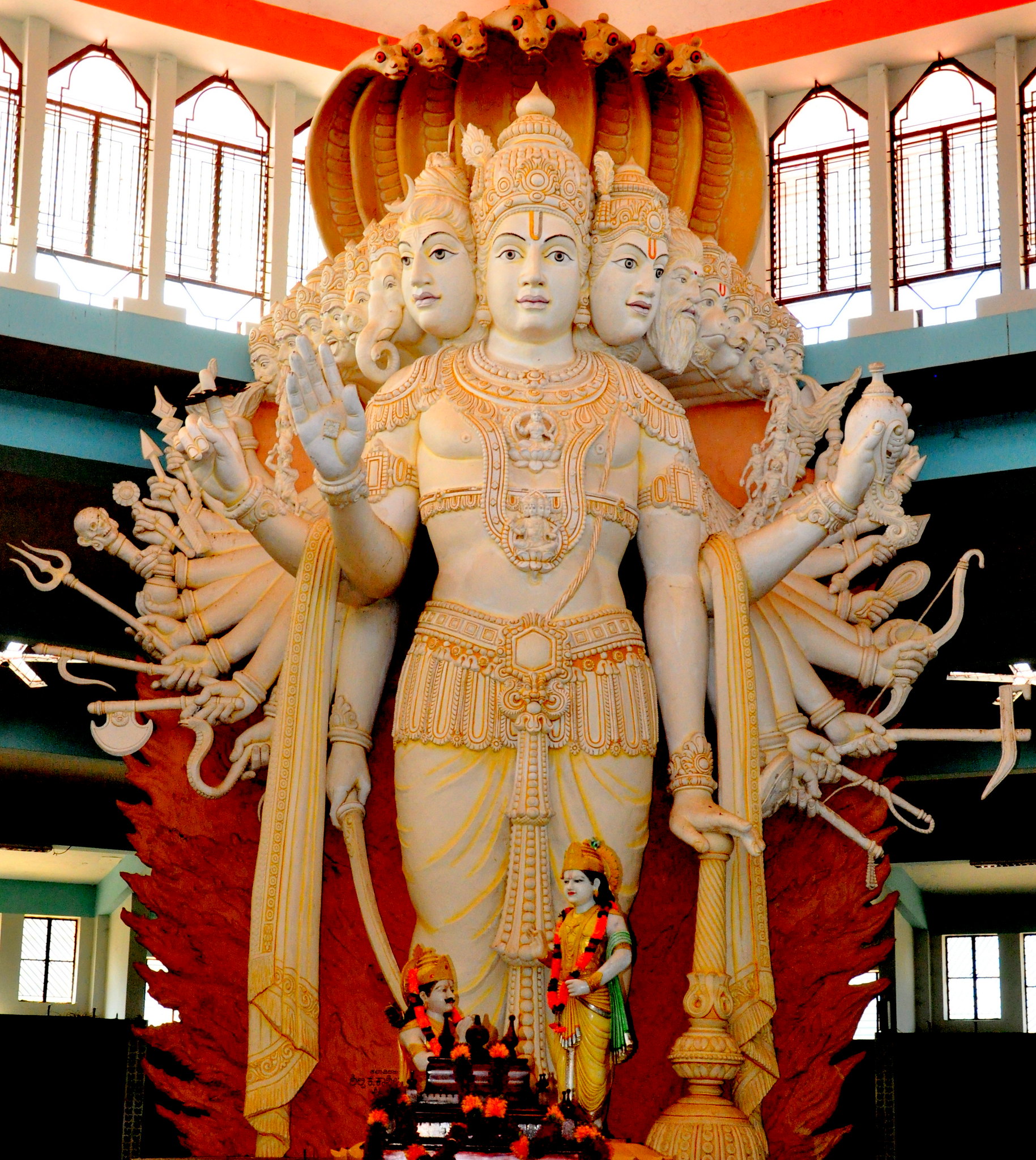第一個,也是最常見於當代心理學文獻的就是「概念」是我們怎麼去思考這個世界的想法,如果每個世界上的個體都是一個一個的存在,那麼思考這個世界會變成一個很艱巨的任務。如果我們需要在看到每一隻鳥、每一個人、每一顆樹和每一株植物的時候,重新理解這個個體,這樣的能力遠遠超出我們的能力,所以我們需要「概念」。然而,這個說法有些問題:首先,這有邏輯上的瑕玼。「為什麼要有『概念』?」「因為人們的能力不足,所以需要有『概念』。」;再來,記得一個一個個體亦可以形成概念。我知道每一個家族的成員,我也可以用許多概念為這些成員分類;最後,有些概念對於認識這個世界並沒有幫助。例如我們將所有大於手機的物品視為一類,成為一個概念;再把所有小於手機的物品視為另一類,成為一個概念。
「概念」的第二個作用是可以和人溝通。單純將一個一個個體進行分類有時候很多餘,之所以要「概念」可以用來和人們溝通。我心中有個概念,我給它名字之後,另外一個人聽到這個名字,他也必須有相同的概念,他就可以理解我。但是,這僅限於語言或詞語。有許多時候,概念是可以獨立於詞語存在的。
「概念」的第三個作用是有助於知識的增進,這個說法也適用於「詞語」。雖然概念或詞語通常是用來理解某些事物,但是概念和詞語本身的意義會擴大。把龐大事物用進行分類後,能夠使知識也擴大。我們透過詞語和概念去延伸、推廣、應用,我們把這個的動作叫作概化(generalization)。概化涉及歸納,這也是我們一生都在做的事。當你喝了果汁後,你覺得很喜歡;但是你喝一口油,你就想吐出來了。人們並不是只在當下喝果汁或喝油的時候,知道自己喜歡不喜歡;人們會將這個經驗概化。如果人們沒有概念,那就無法學習,而且常常可能受到生命的危脅。
References
Atran,
S. (1998). Folk biology and the anthropology of science: Cognitive
universals and cultural particulars. Behavioral and brain
sciences, 21(4), 547-569.
Bloom,
P. (1996). Intention, history, and artifact concepts. Cognition,
60(1), 1-29.
Bloom,
P. (1998). Theories of artifact categorization. Cognition, 66(1),
87-93.
Dennett,
D. C. (1990). The interpretation of texts, people and other
artifacts. Philosophy and phenomenological research, 50,
177-194.
Gelman,
S. A. & Markman, E. M. (1986). Categories and induction in young
children. Cognition, 23(3), 183-209.
Gelman,
S. A. & Markman, E. M. (1987). Young children's inductions from
natural kinds: The role of categories and appearances. Child
development, , 1532-1541.
Gentner,
D. (1978). What looks like a jiggy but acts like a zimbo? A study of
early word meaning using artificial objects. Papers and Reports on
Child Language Development, 15, 1-6.
Keil,
F. C. (1992). Concepts, kinds, and cognitive development. mit
Press.
Landau,
B., Smith, L. & Jones, S. (1998). Object shape, object function,
and object name. Journal of memory and language, 38(1), 1-27.
Locke,
J. (1964). An essay concerning human understanding (Vol.
1690). London.
Malt,
B. C. & Johnson, E. C. (1998). Artifact category membership and
the intentional-historical theory. Cognition, 66(1), 79-85.
Murphy,
G. L. & Lassaline, M. E. (1997). Hierarchical structure in
concepts and the basic level of categorization. In (), Knowledge,
concepts, and categories. MIT Press.
Murphy,
G. L. & Medin, D. L. (1985). The role of theories in conceptual
coherence.. Psychological review, 92(3), 289.
Nelson,
D. G. K. & Students, S. C. (1995). Principle-based inferences in
young children's categorization: Revisiting the impact of function on
the naming of artifacts. Cognitive development, 10(3),
347-380.
Putnam,
H. (1975). The meaning of" meaning". University of
Minnesota Press, Minneapolis.
Rosch,
E. & Mervis, C. B. (1975). Family resemblances: Studies in the
internal structure of categories. Cognitive psychology, 7(4),
573-605.
Rosch,
E., Mervis, C. B., Gray, W. D., Johnson, D. M. & Boyes-Braem, P.
(1976). Basic objects in natural categories. Cognitive psychology,
8(3), 382-439.
Wisniewski,
E. J. & Medin, D. L. (1994). On the interaction of theory and
data in concept learning. Cognitive Science, 18(2), 221-281.



沒有留言:
張貼留言
留個言吧…